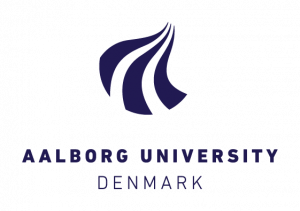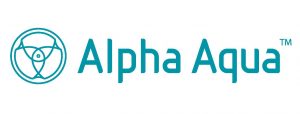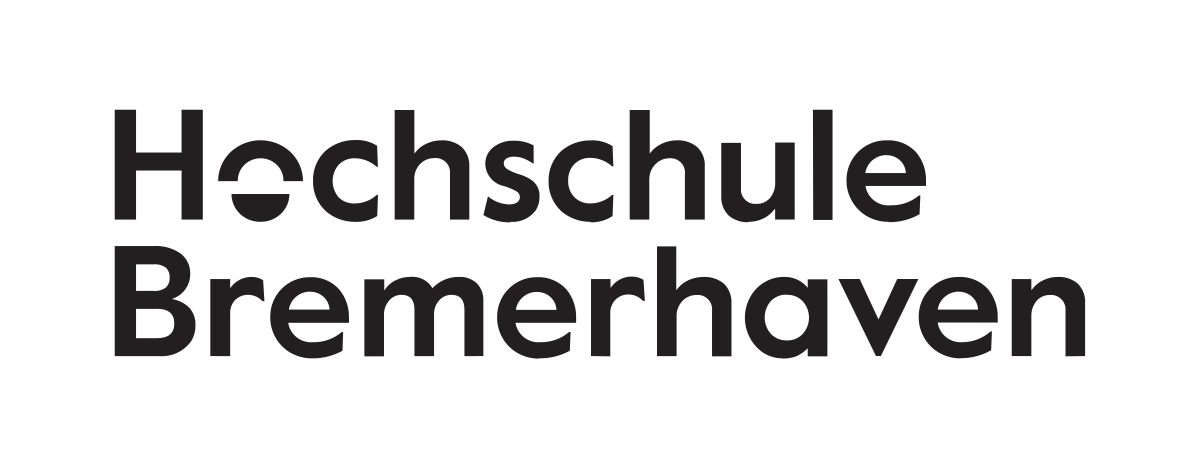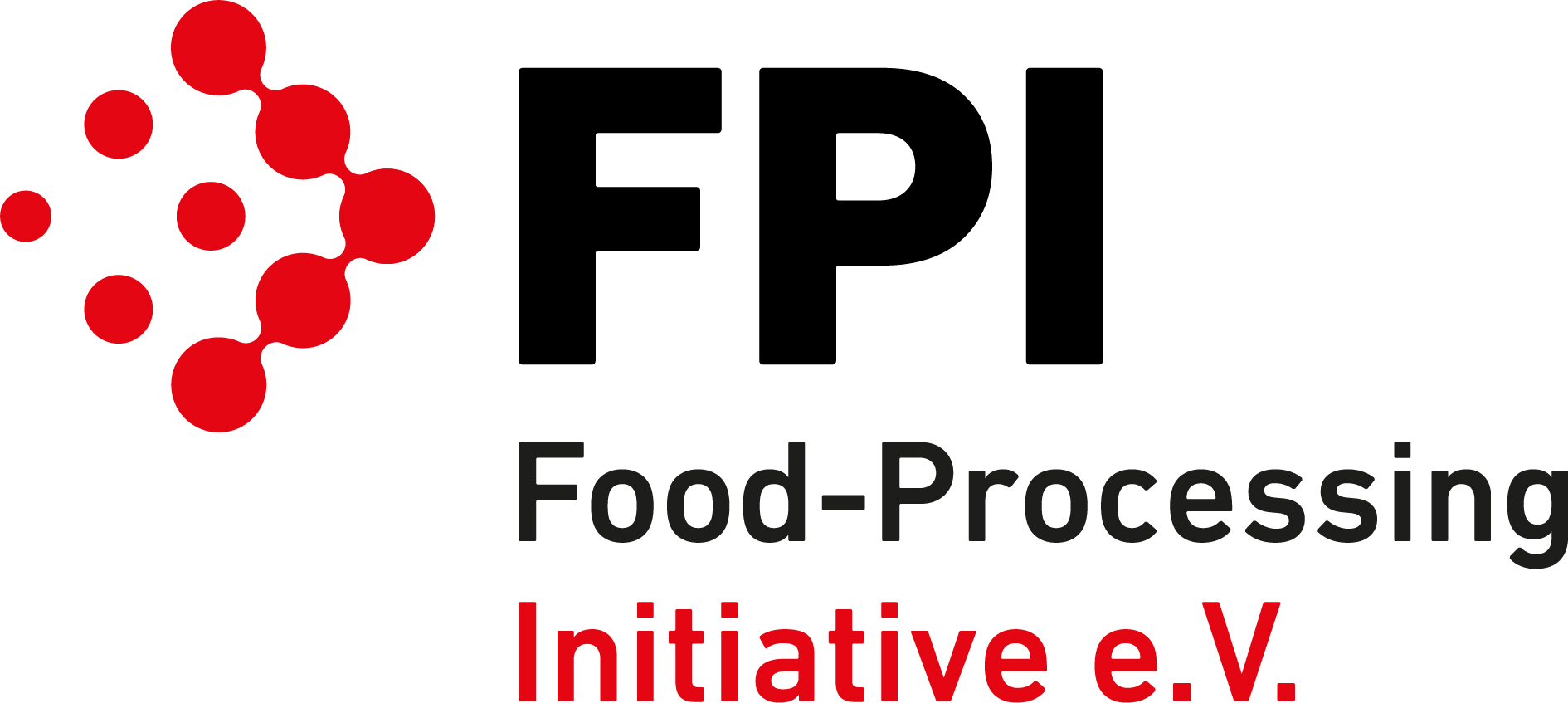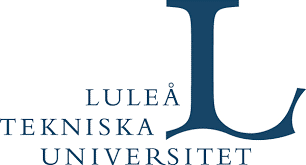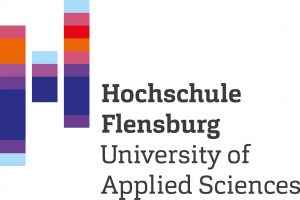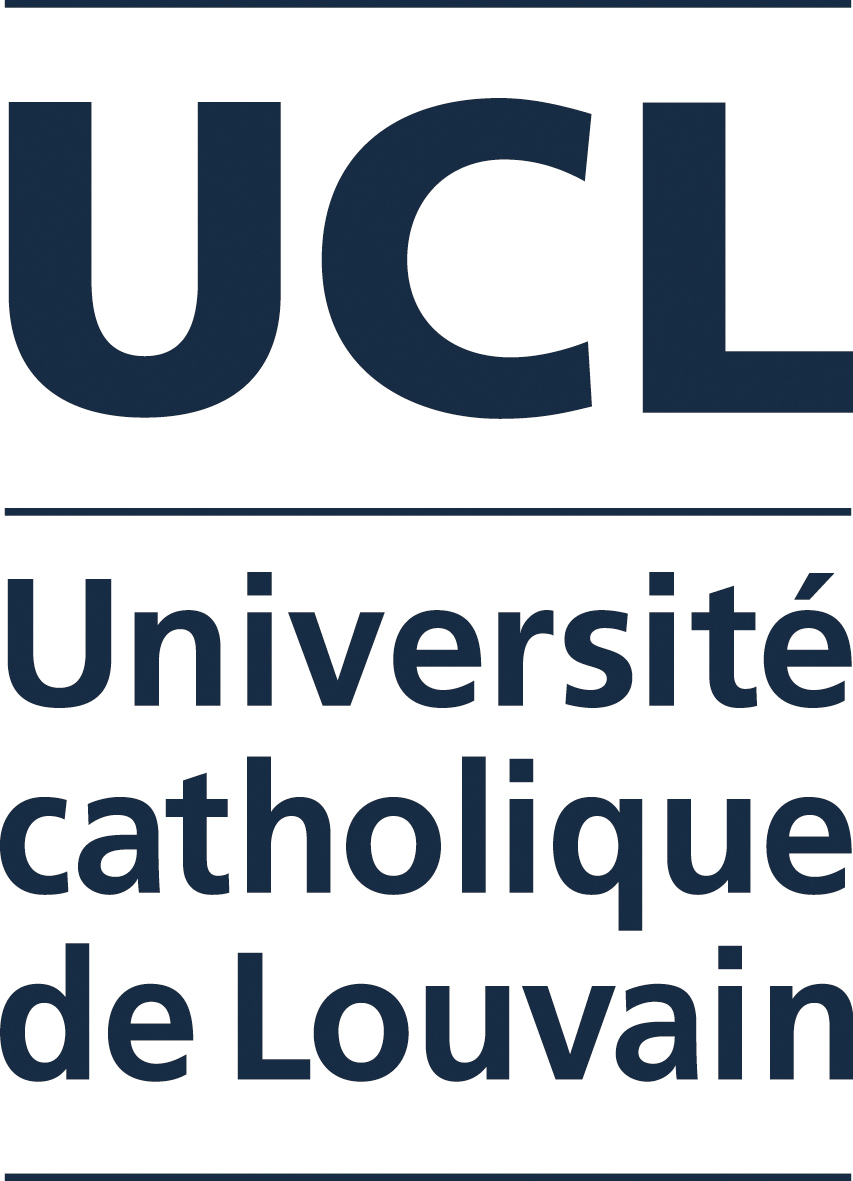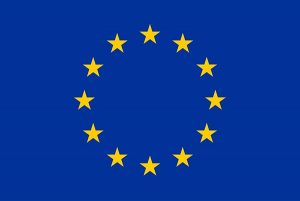Bactericidal and potential impact on multi-resistance bacterial by Halophyte Bioactive Extracts
Preliminary results indicate a growth inhibitory effect
Bioactive compounds for medical applications such as novel natural antibiotics and anti-inflammatory agents could be of rising value in green circular economics in order to solve future world health challenges. The increasing bacterial resistance to antibiotics has developed due to different factors such as overconsumption of antibiotics against bacterial and nonbacterial infections and unregulated use hereof. The AQUA-COMBINE project is a new business model endeavoring the implementation of continual use of resources and elimination of waste through prevention, reduction, and recycling. Halophyte extracts are known to have an antimicrobial effect on different bacterial strains. To investigate the putative antimicrobial effect of plant extract from Salicornia Europaea the proliferation rates of multiple clinical important bacteria including Klebsiella Pneumoniae species, Escherichia Coli, and Staphylococcus Aureus strains were investigated in relation to discover alternative treatment options in order to control rising antibiotic resistance. Klebsiella Pneumoniae species, Escherichia Coli, and Staphylococcus Aureus strains were exposed to diluted extract from Salicornia Europaea and the effect was measured using both time dependent test and agar well diffusion method. A sensitivity test using gentamicin and kanamycin was performed as a positive control to the agar well diffusion method. Preliminary results indicate a growth inhibitory effect and experiments are pending for investigating antibiotic resistance relevant parameters.
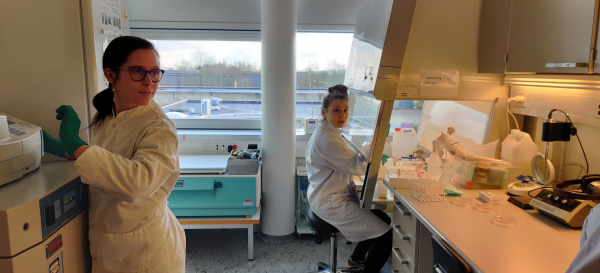
Contact:

Allan Stensballe, Thomas Poulsen & Rocco Giordano
Aalborg University, Denmark
as@hst.aau.dk, tbgp@hst.aau.dk & rg@hst.aau.dk
Acknowledgement
This project has received funding from the European Union’s Horizon 2020 research and innovation programme under Grant Agreement No 862834. Any results of this project reflects only this consortium’s view and the European Commission is not responsible for any use that may be made of the information it contains.


